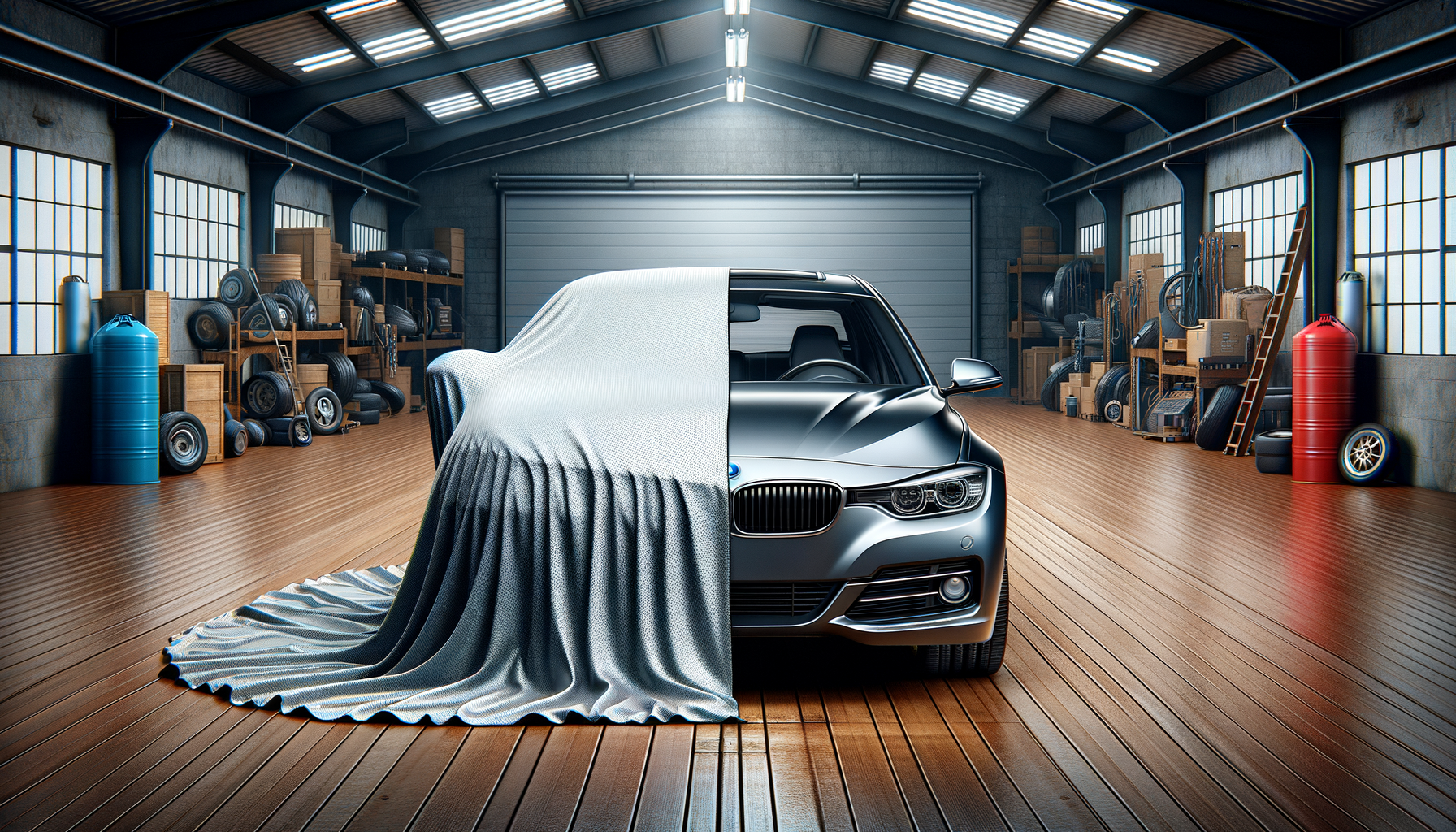The Importance of Car Covers
Car covers are often overlooked accessories, yet they serve as an essential component in vehicle maintenance. They act as a protective barrier between your vehicle and the elements, safeguarding your investment. Whether parked inside a garage or outdoors, a car cover can shield your car from dust, debris, and the harmful effects of weather, such as UV rays, rain, and snow. This protection helps maintain the car’s paintwork and overall appearance, which can significantly affect its resale value.
One of the compelling reasons to invest in a car cover is the prevention of paint damage. Environmental factors like sun exposure can cause the paint to fade over time, while bird droppings and tree sap can lead to stubborn stains. A car cover acts as a shield, preventing these elements from coming into direct contact with your vehicle’s surface. Additionally, car covers can deter theft by concealing the vehicle’s make and model, making it less attractive to potential thieves.
Moreover, car covers provide a layer of protection in crowded areas where minor bumps and scratches are common. They absorb the impact, reducing the likelihood of damage. For those living in regions with harsh winters, car covers can prevent ice and snow buildup, saving time and effort when preparing to drive. In essence, car covers are a simple yet effective way to extend the life of your vehicle’s exterior.
Types of Car Covers
Car covers come in various types, each designed to cater to specific needs. Understanding these differences can help you choose the right cover for your vehicle. Indoor car covers are typically lightweight and made from breathable materials, ideal for protecting cars stored in garages. They prevent dust accumulation and minor scratches, ensuring the vehicle remains in pristine condition.
Outdoor car covers, on the other hand, are crafted from durable, weather-resistant materials. They are designed to withstand harsh weather conditions, offering protection from rain, snow, and UV rays. Some outdoor covers come with added features like water resistance and UV protection, making them suitable for long-term use in exposed environments.
Custom-fit car covers are tailored to fit a specific make and model, providing comprehensive coverage and a snug fit. These covers are often more expensive but offer superior protection as they are less likely to blow off in windy conditions. Universal car covers, while more affordable, may not provide the same level of fit and protection as custom options. When choosing a car cover, consider factors such as your parking environment, climate, and budget to determine the most suitable type for your needs.
Materials and Features
The material of a car cover significantly influences its effectiveness and durability. Common materials include polyester, polypropylene, and cotton blends. Polyester is known for its durability and resistance to UV rays, making it a popular choice for outdoor covers. Polypropylene, often used in indoor covers, is breathable and lightweight, preventing moisture buildup while offering basic protection against dust.
Some car covers come with additional features that enhance their protective capabilities. For instance, multi-layered covers provide added thickness, improving resistance to physical damage and weather conditions. Water-resistant covers are particularly beneficial in rainy climates, as they prevent water from seeping through and causing corrosion or mold growth.
Other features to consider include reinforced grommets for securing the cover, elastic hems for a snug fit, and mirror pockets for added coverage. These elements contribute to the cover’s overall performance, ensuring it stays in place and provides effective protection. When selecting a car cover, prioritize materials and features that align with your specific needs and environmental conditions.
Benefits of Using a Car Cover
Using a car cover offers numerous benefits beyond protection from the elements. One of the primary advantages is the preservation of the vehicle’s aesthetic appeal. Regular use of a car cover can prevent fading, scratches, and other cosmetic damages, ensuring the car maintains its showroom shine.
Car covers also contribute to the vehicle’s longevity by protecting vital components from environmental damage. For instance, preventing water ingress can reduce the risk of rust and corrosion, particularly in areas prone to heavy rainfall or snow. This protection extends to the interior, as car covers can block UV rays that cause upholstery and dashboard fading.
Furthermore, car covers can provide peace of mind by acting as a deterrent to theft. A covered car is less visible and identifiable, making it a less attractive target for criminals. Additionally, the use of a car cover can reduce the need for frequent washing and detailing, saving both time and money. In summary, car covers are a worthwhile investment for anyone looking to maintain their vehicle’s condition and value.
Choosing the Right Car Cover
Selecting the right car cover involves considering several factors to ensure it meets your specific needs. Start by assessing your environment and the typical weather conditions your vehicle will face. If you live in an area with harsh sunlight, opt for a cover with UV protection. In contrast, those in rainy climates should prioritize water-resistant materials.
The fit of the car cover is equally important. While universal covers are cost-effective, they may not provide the snug fit required for optimal protection. Custom-fit covers, though pricier, offer tailored protection and are less likely to shift or blow off in windy conditions. Consider the frequency of use as well; if you plan to cover and uncover your car regularly, a lightweight and easy-to-handle material is preferable.
Lastly, consider your budget and the features you deem necessary. While a basic cover may suffice for indoor storage, outdoor parking might require additional features like reinforced grommets or mirror pockets. By carefully evaluating these factors, you can choose a car cover that provides the best protection for your vehicle, ensuring it remains in excellent condition for years to come.








